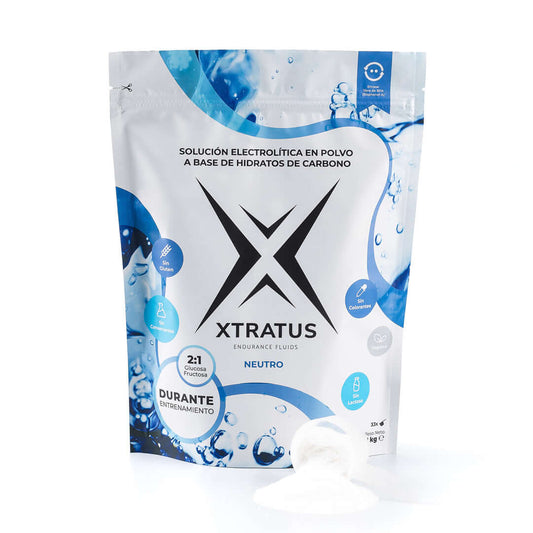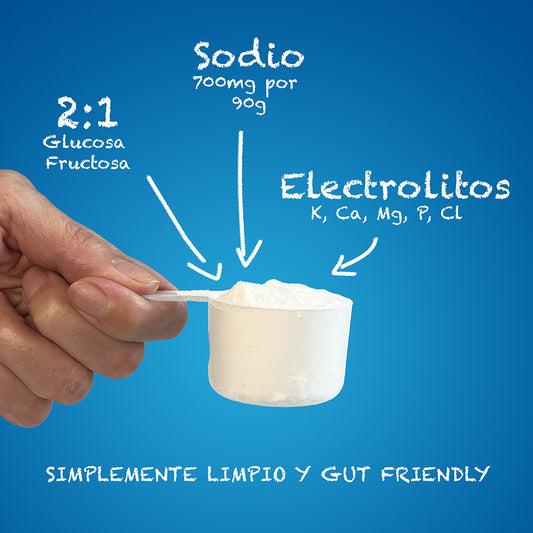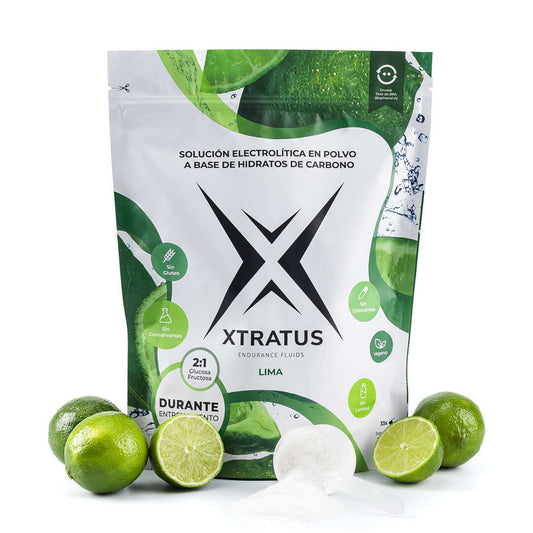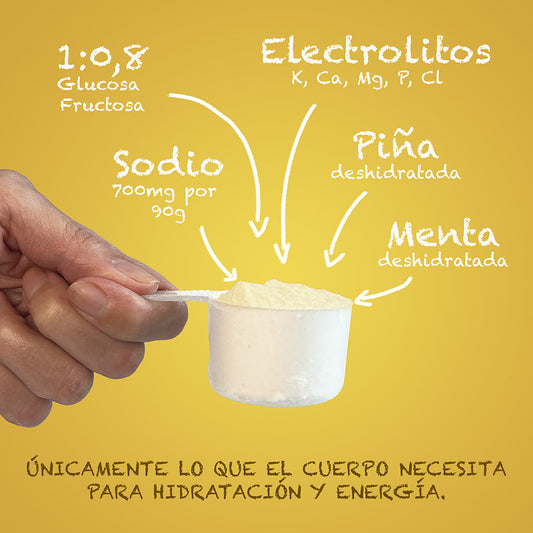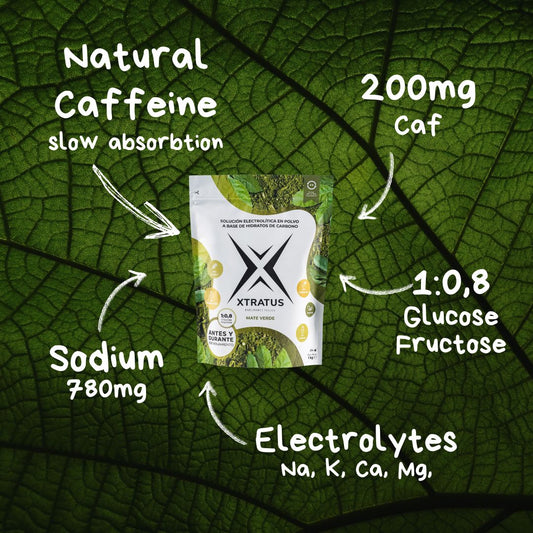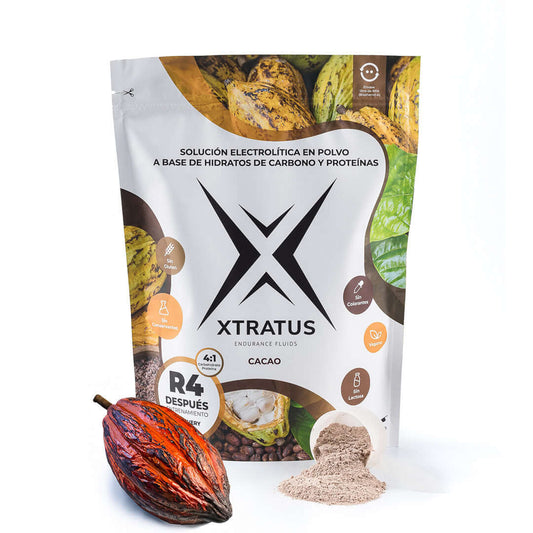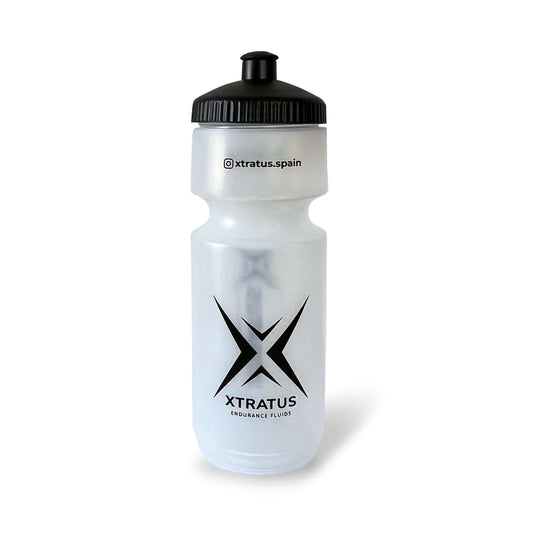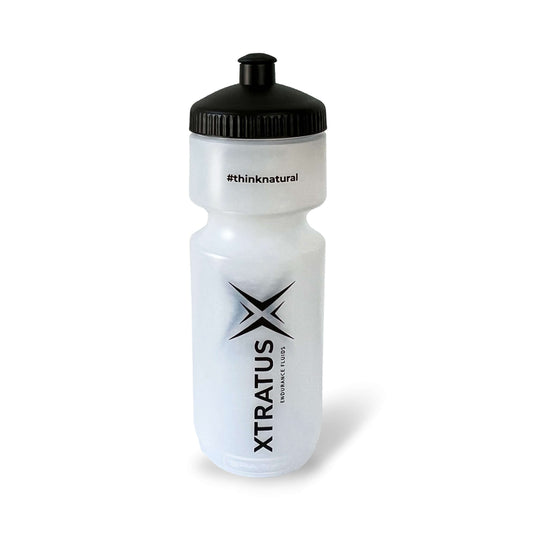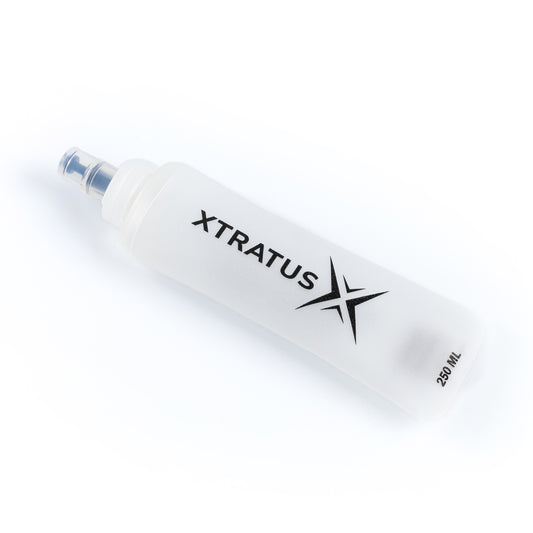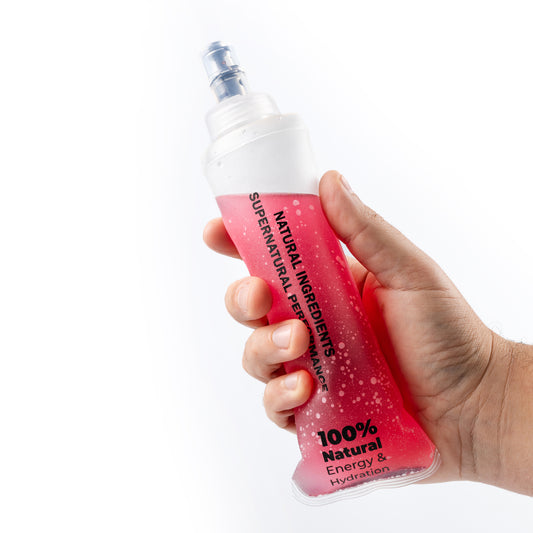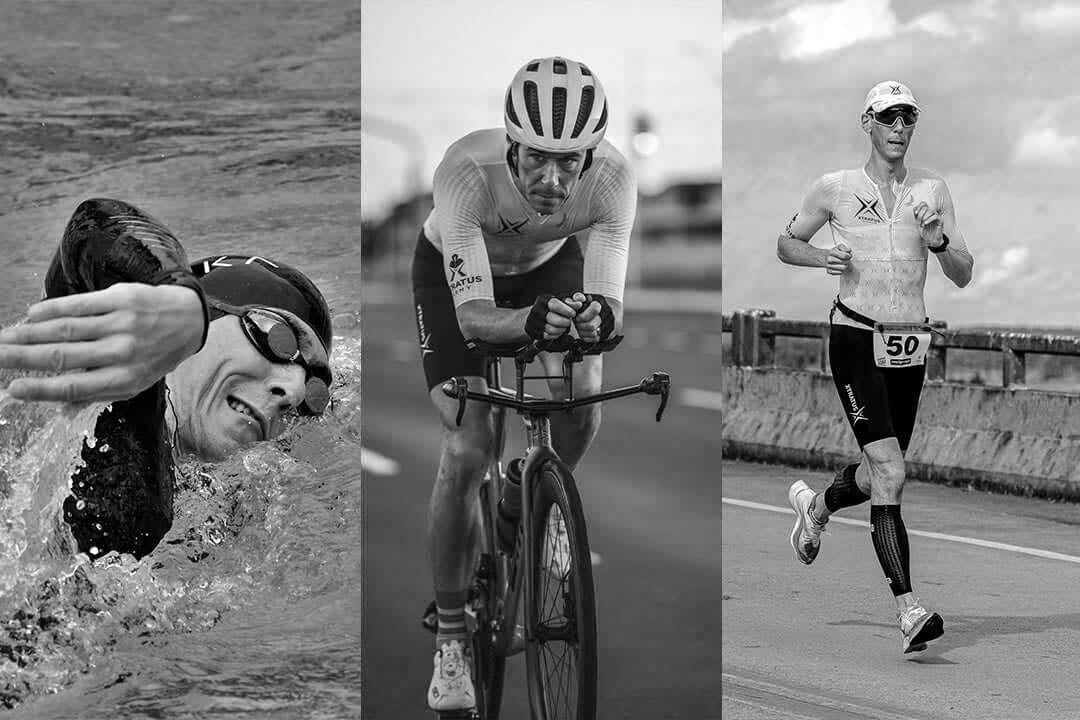
The history of triathlon: from the origin to the evolution of the modalities
We know that triathlon is a sport that requires versatility, as those who participate need to know how to swim, run, and cycle without losing their breath or their rhythm. But ultimately, what is the history of triathlon? Can you tell us where it originated?
If you are curious to know the origin of the triathlon, its modalities and how this well-known endurance sport evolved, continue reading this article.
What is Triathlon?
Let's start from the beginning: triathlon is a sport that encompasses three different disciplines in a single race. They're cycling, running, and swimming!
It is considered an endurance sport, as it requires great endurance from the athletes. Tests and training can be carried out in indoor environments such as swimming pools and tracks, but are more commonly held outdoors.
It's common to find competitions that take place at sea, on the streets, on roads, or on trails, giving this sport the pleasure of experiencing various environments in a single race.
Triathlon has an international organization that regulates the sport. The ITU, the International Triathlon Union, is responsible for recognizing and organizing the different modalities and their rules.
As a world-renowned sport, triathlon not only has an Olympic format, but also countless competitions around the world, such as the famous Ironman.
The origin of the triathlon
If you thought the sport began with the Ironman in Hawaii, you'll be happy to know that the history of triathlon began long before that!
Fifty-eight years before the first event in Hawaii, in 1920, there were already records in France of a three-sport event, Les trois sports. Historian and former triathlete Scott Tinley quotes the French newspaper L'Auto as having a continuous competition involving cycling, running, and swimming.
The first triathlon competition record, already under that name, dates back to 1974, in San Diego, California. The race included a 550-meter swim, an 8-kilometer cycle, and an 8.5-kilometer run.
In 1978, Hawaii was the birthplace of what would become the most famous triathlon competition: 15 men came together under the idea of John Collins, commander of the U.S. Navy, to conduct a test that combined the three disciplines and discover who was the true "Ironman," the Ironman.
The triathlon evolved, bringing together the best athletes and conquering the world, until in 2000, in Sydney, the sport was included in the Olympic Games.
The evolution of Triathlon and its modalities
As the sport conquered the world and became an Olympic event, numerous different events and distances began to emerge.
The main triathlon modalities currently are the following:
✅ Olympic
Standard event adopted for the Olympic Games. The event includes 1.5 kilometers of swimming, 40 kilometers of cycling, and 10 kilometers of running.
✅ Short or Sprint
This is the ideal modality for beginners and requires much more muscle development than endurance. Originally from the Olympic discipline, it combines 750 meters of swimming, 20 kilometers of cycling, and 5 kilometers of running into a single event.
✅ Double and triple Olympic
There's also the World Long Distance Championships, which includes the double Olympic distance, and the triple Olympic distance, which includes the triple Olympic distance.
The first place consists of 3 kilometers of swimming, 80 kilometers of cycling, and 20 kilometers of running, and the second place consists of 4 kilometers of swimming, 120 kilometers of cycling, and 30 kilometers of running.
✅ Ironman
The most popular form of this sport takes place every year in the Hawaiian summer and features 3.8 kilometers of swimming, 180 kilometers of cycling, and 42 kilometers of running in a continuous race.
✅ Half Ironman
Also known as Ironman 70.3, the Half Ironman is half the distance of the previous discipline and is used as a qualifying form for the same. The race includes a 1.9-kilometer swim, a 90-kilometer bike ride, and a 21-kilometer run.
✅ Ultraman
Too easy? Then how about a race that lasts not just one day, but three? Here's how Ultraman works: 10 kilometers of swimming and 145 kilometers of cycling on the first day, followed by 276 kilometers of cycling on the second day, and on the third and final day, 84.4 kilometers of running—equivalent to two full marathons.
Did you find inspiration in learning more about the origins of triathlon and its different modalities?
Now it's time to put the training into practice. Good training!



